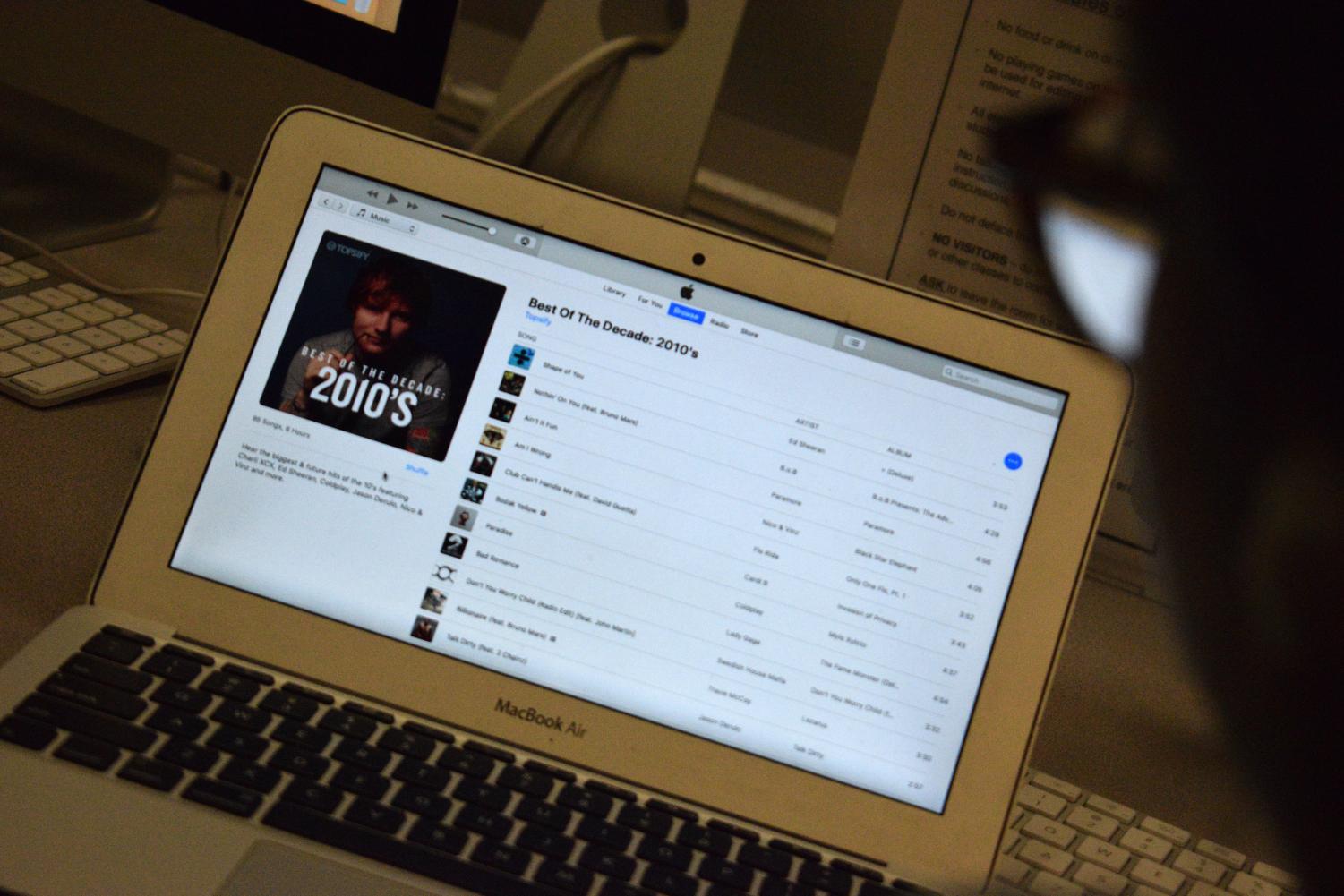The 2010s: where buying CDs and downloading digital MP3’s from iTunes gave way to the simpler, more accessible method of streaming music. The last decade has been branded as one of the most genre-fluid in the last fifty years, as pop melded with hip hop, electronic and country music. As the 2020s begin to roll in, let’s take a look at the last ten years in music.
Out of all of the music trends of the last decade, one of the most significant shifts in genre. The early 2010s gave rise to prominent stars such as Justin Bieber and Nicki Minaj who both fall under the category of pop music, and who have both released breakout hit songs that have surpassed ten million sales worldwide to date. The remainder of the decade saw the introduction of artists like Post Malone and Lil Nas X, who released their own hits in 2019 and have eclipsed over 500 million streams on Spotify for each hit single. The most striking difference within this ten-year gap is the transcendence of genre — Lil Nas X’s “Old Town Road” advertises a main course of hip-hop with a side of country twang, while Post Malone’s “Wow.” offers a rap-heavy single differing from the singer’s usual repertoire of R&B and rock-inspired tunes. Contemporary music constantly expanded the boundaries of genre in the 2010s.
The cause of this shift in sound comes down to a number of factors, one of them being the emergence of online streaming. Artists no longer make the majority of their revenue from music sales — 77% of listening is reported to come from streaming, where artists make, on average, less than half a cent per stream. For stars like Billie Eilish, this means selling out arenas across the nation and promoting various merchandise available for fans to purchase. However, what services like Spotify or Apple Music lack in financial compensation they make up for in exposure. Scoring a spot on a user’s personalized algorithmic playlist could lead the general public to discover the next breakout star, a method of achieving success very different from the talent shows and industry plants extremely common in the 2000s. What this realization has triggered, in addition to discovery, is a shift in song style. With the new pay-per-stream model, artists are gravitating towards shorter songs, while including more on any given album. Take XXXTentacion and Lil Wayne: the former’s album in 2018 had 18 songs, with an overall average of two minutes and five seconds per song, while the latter’s 2011 release, Tha Carter IV, had 15 songs and an overall average of four minutes and two seconds per song. The difference in album length can be attributed to one significant factor—streaming music.
Yet another trend evident in the 2010s was the incorporation of electronic sounds into mainstream music. Many alternative rock bands, including Maroon 5, Imagine Dragons and Fall Out Boy, have since turned to a more electronic finish to fill their songs. Imagine Dragons’ 2012 release, Night Visions, presents a stark contrast to their 2018 album, Origins. As referenced in a 2012 interview with Diffuser, most of the songs on Night Visions were produced while keeping a mindset of not going overboard with digital effects, in order to remain true to the band’s original vision. In comparison, the tracks on Origins are filled with synthesizers and electronic mixers—a sound that provides a more artificial feel than their previous work. If this remains the trend into the next decade, there could come a point where organic, acoustic sounds are completely overtaken by digital soundscapes. While this change in sound may be controversial, evolution in a career is something to be highly valued.
If anything, trends of evolution are most likely for the best. Artists who undergo changes in their careers and who refuse to be labeled are often praised for originality and divergence from the mainstream. And the more original and groundbreaking a work of music (or any form of art) is, the more likely it is to go down in history for making an impact on society. Through the last decade, artists refused to be bound by something as rudimentary as genre, and this determination fostered the development of songs that were able to define the 2010s.





































